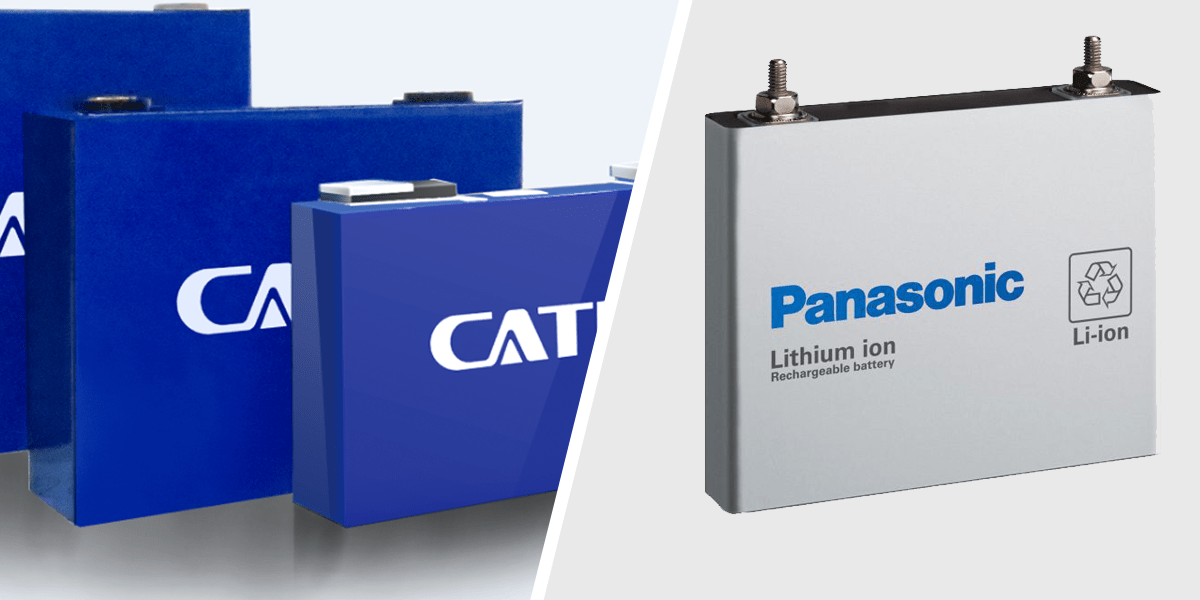400km range after 10 minutes charging sounds great. Shame the details are thin
The world’s top battery maker for electric vehicles, China’s Contemporary Amperex Technology Co. Limited (CATL), claimed last week that it had developed a battery that can power a car for a distance of 400km after just ten minutes of charging. But one of the world’s most respected battery tech scientists, Dr Richard Yazami – inventor of the graphite anode – is skeptical of the claim.
CATL claims its battery, called Shenxing, is the world’s first superfast charging lithium iron phosphate (LFP) battery and that at full charge it enables a range of 700km (435 miles).
By way of comparison, the average EV range in the US last March was calculated by Bloomberg at around 470km (291 miles).
And according to the US Department of Transportation, typical home, workplace and public level 2 chargers can take a battery from full to empty in anywhere from four to ten hours. Direct current fast chargers in places like highway corridors can reach 80 percent charge in ranges between 20 minutes and one hour.
Batteries with the specs claimed by CATL matter because buyers worry that electric cars may be less convenient that gas-guzzlers.
Studies, like one released last week by consumer intelligence agency J.D. Power, also cite a lack of charging infrastructure and price as factors influencing purchasing decisions.
CATL knows this and in its announcement of Shenxing stated “Currently fast charging anxiety has become the top factor that stops consumers from shifting to EVs.”
To better understand the significance of CATL’s claim, it helps to revisit how these batteries work.
In thier simplest form, they involve moving lithium ions from a cathode to an anode through an electrolyte, creating a potential difference between the two electrodes. When the stored energy is used, the ions return to the cathode. And repeat.
It’s also important to remember that batteries are temperamental: as they approach full charge, progress towards full storage potential slows.
Shenxing is claimed to reach 80 percent State of Charge (SoC), at the ten-minute mark, at which point it stores enough energy to propel an unspecified car for 400km at unknown speed. That performance may not always be possible, because at lower temperatures charging can take longer.
CATL did not say how long it takes to charge the remainder of the battery.
Shenxing is an LFP battery, which has a wider tolerance for overcharge than old school EV lithium batteries. They can also run at higher temperatures – which is good if you want to charge fast, because that process generates more heat.
CATL claimed Shenxing employs “innovation in material and electrochemistry and system structure,” which just about sums up the discipline of battery engineering.
Specifically, the battery-maker said it sped up the extraction of lithium ions by leveraging “super electronic network cathode technology and fully nano-crystallized LFP cathode material.”
It also claims to have modified the properties of the graphite surface in the battery to increase the number of channels the ions can flow in and decrease the distance they need to flow – creating what it called an “expressway for current conduction.”
The electrolyte formula, the fluid the ions move through, also got a reduced viscosity that improved its conductivity apparently. The film formed on the surface of the anode during the first charge and discharge of the battery was also claimed to be improved, to be less at odds with ion movement.
An improved coating on the electrolyte and separator is said to help control the temperature inside the cells, thus mitigating typical problems brought on by fast refueling and allowing it to operate outside what would normally be safety limits.
The battery market is super-competitive, so CATL is not being evasive by offering only broad info about its tech.
But one notable omission is a spec for energy density – the measure of stored power compared to weight – other than the word “high.”
Energy density matters because nobody wants heavy batteries, which is why many were excited when, in April 2022, CATL announced a 500Wh/kg airplane battery. That density suggested electric aircraft could fly.
Most EV batteries boast energy density of around 260 to 270Wh/kg.
CATL’s predecessor to Shenxing, dubbed Qiling, came in two variants. A model using Nickel Manganese Cobalt (NMC) tech claimed energy density of 255wh/kg and the LFP model boasted 160wh/kg. CATL asserted 1,000 km range was a possibiity.
Yet the company has offered only the broad explanations above for how Shenxing uses LFP tech to achieve swift charging and long range, qualities that suggest better density.
Dr Rachid Yazami, inventor of graphite anode, a key enabler for Li-ion batteries, is therefore suspicious.
By enail, he told The Register “If the CATL claims are true, this would be an unprecedented enhancement in the battery energy density for the last 30 years.”
The professor and scientist said he is skeptical of claims that CATL has achieved density to match its claims of range and charging speed, and of CATL’s 500Wh/kg airplane battery.
“Much critical information is missing in the CATL claims, such as the cycle life of their batteries which converts to total life miles driven by the EV, the extreme temperatures performances, safety and costs,” added Yazami.
Another consideration is that while the battery corp is a leader in NMC batteries, CATL has much less experience to rely on for innovation when it comes to the currently trending LFP batteries.
Another unknown is whether CATL accomplished Shenxing’s claimed peformance in prototype batteries, or units it could mass-produce. The Chinese company has promised it will have the batteries in mass production by the end of 2023 and inserted in EVs by Q1 2024.
“Thanks to its strengths in extreme manufacturing, CATL has achieved the ability to rapidly transfer technology from lab to market, enabling rapid mass production of the Shenxing battery,” boasted the firm in its press release.

